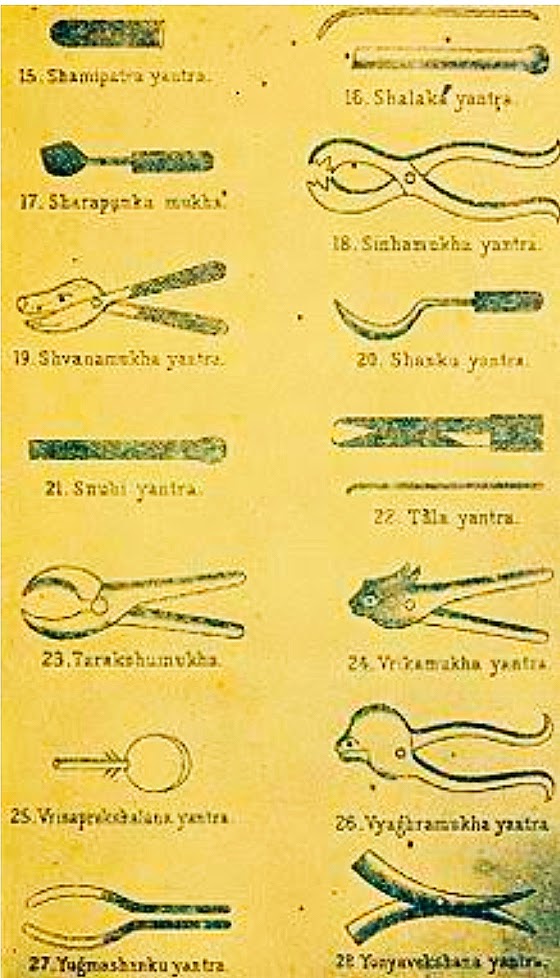P.C. Mahalanobis

P.C. Mahalanobis A well-known Indian statistician and scientist, Mahalanobis is greatly popular for introducing new methods of sampling. His most significant contribution in the field of statistics was the 'Mahalanobis Distance'. Besides, he had also made pioneering studies in the field of anthropometry and had founded the Indian Statistical Institute. Originally, the family of Mahalanobis belonged to Bikrampur, Bangladesh. As a child. Mahalanobis grew up in an environment surrounded by socially active refoemers and intellectuals. He had his initial education from Brahmo Boys School Calcutta. Further, he enrolled himself into Presidency College and got a BSc degree with specialisation in physics. In 1913, Mahalanobis left for England for ther stodies and came in contact with S. Ramanujan, the famous mathematician from India. After completio...







Comments
Post a Comment